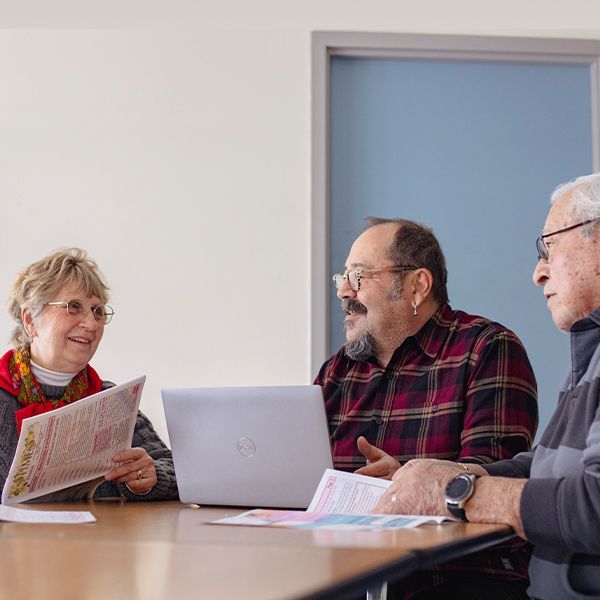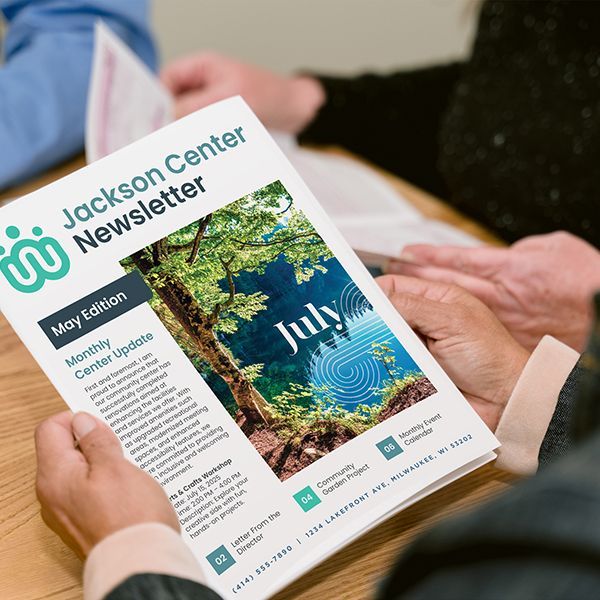Creating Successful Flyers

No matter what type of program, service, or event you are planning, chances are good that you’ll need to create flyers. They can be used for everything from pitching a potential sponsor to distributing to area businesses and community boards. With the variety of inexpensive design platforms you can utilize online, it’s easier than ever to make this a DIY project.
If you haven’t done this before or want some tips to make your flyers more appealing, we have some suggestions.
Designing Flyers That Capture Attention
Our first tip is to connect with an online platform. While there are a variety of options out there, many aren’t user friendly or budget conscious. One solution that is easy to use and not hard on the budget is
WeCreate. This digital library allows you to
make high-quality, colorful content or simply grab a pre-designed image carefully created and curated by a team of in-house designers who work directly with communities like yours.
We’ve all seen those flyers that are so busy you don’t know where to look first. Or the ones with tiny text or tough-to-read fonts. That’s why our next tip is to learn a few design basics and apply them whenever you create anything, whether it’s a flyer or an image for social media:
- Open with a catchy headline: It’s important to grab people’s attention right from the start. So be sure your first line is memorable and enticing. In most cases, you’ll want to bump up the font size so it stands out a little, too.
- Stick with one or two fonts: While it’s fun to play around with different fonts, a rule of thumb is to stick to using no more than just two of them in your flyer. Century Gothic, Verdana, and Helvetica are the fonts most experts say are easiest on the eyes.
- Break up content: Another fatal design mistake is putting big blocks of copy on the page without anything to break it up. That overwhelms the eye and may result in your flyer ending up in the trash can. Try to make your copy succinct and use subheads, borders, and images to give the eye a rest.
- Consider complementary colors: Just as using too many fonts or including too many graphics can leave the reader wondering what to read first, so can too many colors. Designers often recommend using two or three complementary colors, meaning those that are opposites on the color wheel, when developing your flyer.
- Keep it simple: This tip applies to both the design and the copy. Make it simple and easy to understand. If the program or event you are promoting involves a lot of detail, create a page for it on your website and share the link on the flyer. That will not only make your flyer more visually appealing, but also drive traffic to your website.
- Don’t skimp on printing: While printing costs can feel a little painful sometimes, especially if you have a small marketing budget, try to go with the best you can afford. Inexpensive printers or cheap-looking papers can detract from the professionalism of your piece.
- Include contact information: There’s nothing worse than reading a flyer and wanting to sign up or learn more, only to find there isn’t any contact information. Make sure your flyer includes a phone number, email address, and website.
- Finish strong: Lastly, have a strong call to action (CTA) at the end. Tell the reader what you’d like them to do. While you’ll need contact information just in case they have questions, try not to confuse them by offering up more than one CTA.
We hope these tips help you create flyers that make promoting your programs and events easier!
Updated on 03-25-2024




